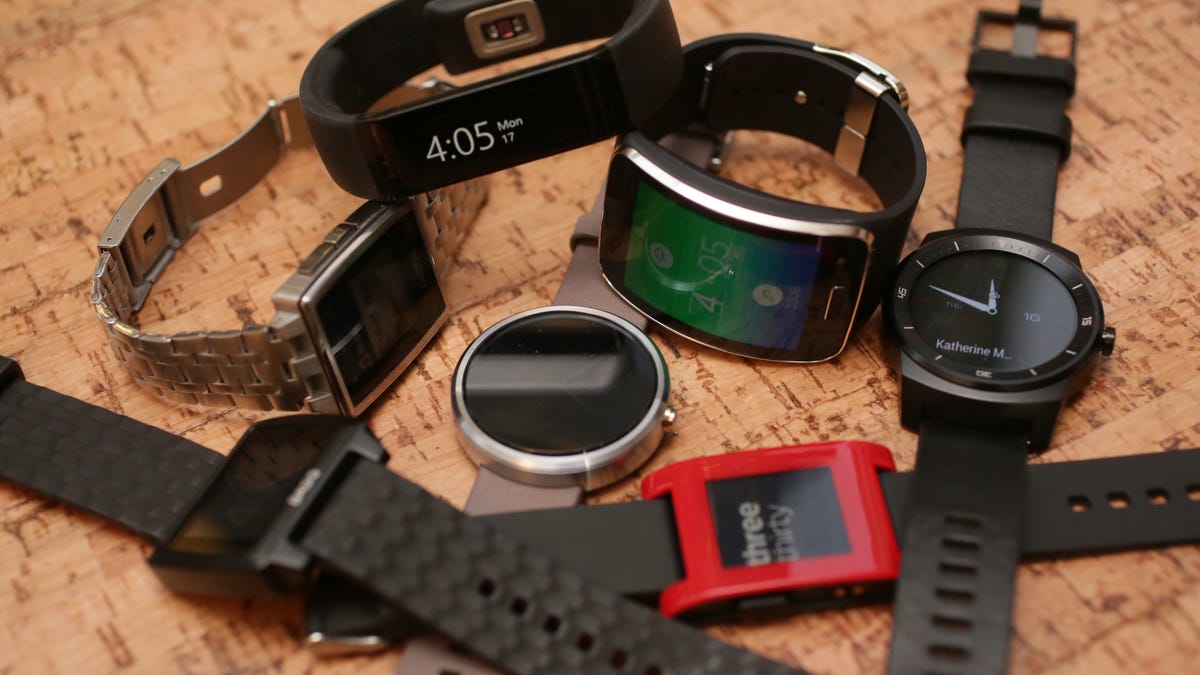Fitbit still tops in wearables, but market share slips
The company's share dropped last year as the Apple Watch and cheap fitness trackers from China's Xiaomi gained traction.

The wearables market surged last year.
Fitbit finished 2015 as the winner in wearables, despite a loss in market share.
Shipments of Fitbit's popular activity trackers surged to 21 million in 2015, up from 11 million in 2014, market researcher IDC said in a report Tuesday.
Citing such factors as worldwide expansion, corporate wellness programs and a diverse product lineup, IDC crowned Fitbit the "undisputed worldwide leader of wearable devices." The company also continues to introduce new products, such as its upcoming Fitbit Blaze smartwatch and Fitness Alta fashion fitness band.
But Fitbit's slice of the wearables market in 2015 took a nosedive, dropping from 38 percent in 2014 to 27 percent last year. The company's share has been devoured by the popularity of the Apple Watch and demand for low-cost fitness trackers from China-based Xiaomi. However, Fitbit's market share did see a rise during the final quarter of 2015 when it hit 29.5 percent, up from 22.2 percent in the third quarter.
Wearables had been considered niche devices, but a surge in overall sales last year indicate that more consumers are gravitating to them. Fitness trackers made by Fitbit and Garmin have traditionally outsold smartwatches, but smartwatches are catching up in terms of market share without cutting into the actual sales of fitness bands, indicating there's room for both types of devices.
For 2015, Xiaomi finished in second place with shipments of 12 million fitness trackers and a surge in market share to 15.4 percent from 4 percent in 2014. In a market crowded by pricey products, the company has focused on inexpensive fitness trackers. Its Mi Band costs $11, while the Mi Band Pulse sells for $13.
Apple ended the year in third place, according to IDC, with its smartwatch snagging shipments of 11.6 million units and a market share of 15 percent. Apple doesn't release specific sales figures for its Apple Watch, which launched in April 2015, instead lumping the device into a category called Other Products. But last quarter's revenue for the Other Products group rose by 62 percent.
Apple CEO Tim Cook said last month that Apple Watch sales set a "new quarterly record" for the final three months of 2015 and were "especially strong" in December.
For the year, Garmin took fourth place in the wearables market with 3.3 million shipments of its fitness trackers. Samsung finished in fifth place with 3.1 million shipments of its smartwatches, driven by its Gear S2, which launched in October.
Shipments of wearables surged by 171 percent last year, IDC said, hitting 78.1 million units, up from 28.8 million the prior year. The fourth quarter was especially strong, with shipments jumping 127 percent year over year.
"Triple-digit growth highlights growing interest in the wearables market from both end-users and vendors," Ramon Llamas, research manager for IDC's Wearables team, said in a statement. "It shows that wearables are not just for the technophiles and early adopters; wearables can exist and are welcome in the mass market. And since wearables have yet to fully penetrate the mass market, there is still plenty of room for growth in multiple vectors."

